Earlier this semester, the SMCM Ethics Bowl team traveled to Florida to compete in the national finals. Over thirty teams qualified and we had some very formidable opponents. This is the second year in a row that a question about libraries has been among the cases that each team has to prepare. This year the case was titled “Open Exce$$,” and it was all about the Open Access movement.
The two team members tasked with preparing the case arranged to meet with me. “So,” I asked, “do you know what open access is?
“Sure – all those articles we can access online.” Not exactly, I explained. “Open access is the free, immediate, online availability of research articles coupled with the rights to use these articles fully in the digital environment.” Open access textbooks are also included.
That was followed by several conversations about academic journals, publishers, prices, and access. I reminded the students that their access to pretty much all of the licensed content we provide will go away after they graduate. We talked about limits to access at colleges with even fewer resources than we have, and in places around the world where students and libraries cannot afford subscription and license costs. And we talked about how costs shift. The case study the students worked on focused some attention on the author fees that many open access publishers require. Let’s face it, publishing anything requires resources (human and financial). The Ethics Bowl case highlighted the problem of “predatory publishers.” In order to help them learn more about how complex this all is, I encouraged them make good use of what is one of the most important sources of information about Open Access, a web site created by Peter Suber.
It occurred to me early in our conversations that students, especially undergraduates, might not really feel as if all this matters much to them. After all, those JSTOR articles pop up using JSTOR, our discovery tool, and Google Scholar. It’s convenient, at least for now. It can be a challenge talking with faculty to talk with faculty about open access. Librarians are expanding the dialog to include focus on the role of smaller colleges (the Lever Initiative) and on why these issues are important to all students. The Right to Research Coalition has great information about why open access is important and how students can be active in advocating for it.
Should research be a commodity? Should knowledge and creativity be for sale? Should authors, artists, and composers continue to give up their rights to control how their materials are used in exchange for publication in a journal which libraries pay for?
Open access is a question for ethicists, economists, and everyone who produces and consumes information. If you are reading this post that includes you.











